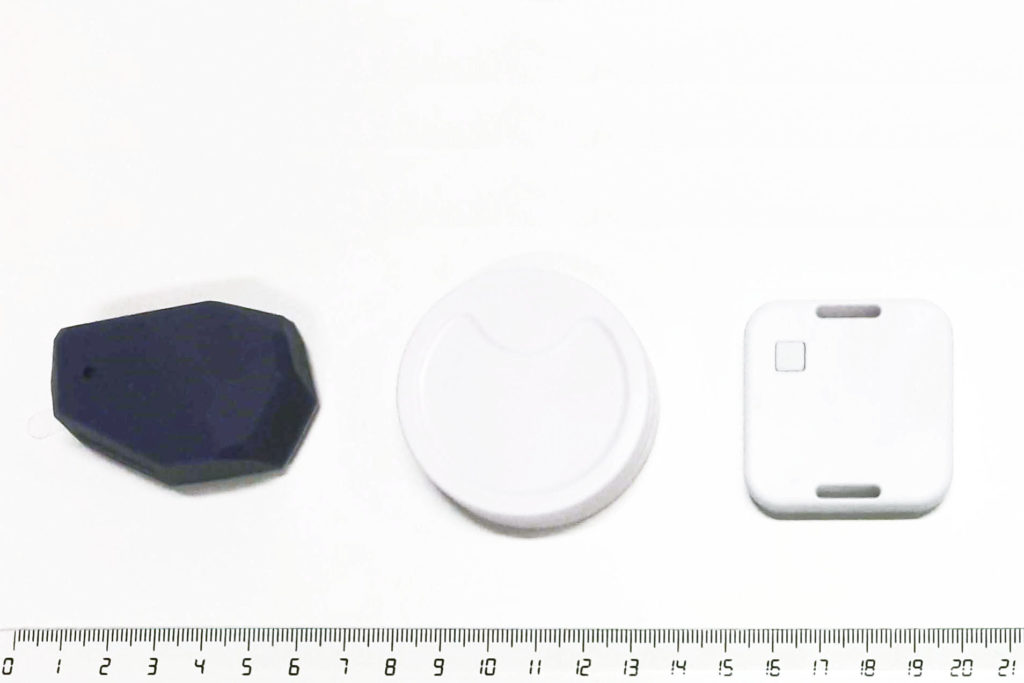The answer to this question is based on the robustness of Situm’s core technology, which combines a greater amount of signals than other solutions, enabling smartphones to be located indoors with the highest precision and minimal infrastructure.

To fully understand this answer, it is necessary to point out Situm’s core technology, a unique algorithm that locates smartphones indoors by merging the WiFi signals in the buildings with the data provided by the smartphone’s inertial sensors.
While this technology is enough to deploy solutions for tracking and monitoring workforces without the need to install beacons, since workers will be equipped with mobiles selected by the company, it is not the same for guidance solutions.
When we talk about solutions to guide visitors of an airport, shopping center, hospital or event through apps with indoor navigation, we have to take into account that many of the visitors will use an iPhone mobile, or with Android 9 as operating system, which do not allow the automatic detection of WiFi networks, so the use of beacons is essential.
What is a beacon?
It is a small device designed to continuously transmitshortwave signals of Low Energy Bluetooth (BLE) technology and a unique identifier to work as a beacon. The use of beacons brings many advantages to use it as a support for guidance solutions:
- Small dimensions, from about 4 cm width / diameter, which does not alter the aesthetics of the facilities.
- Easy installation, as it does not require wiring for power or data, so it is simply fixed to the surface with an adhesive and without the need to drill or screw.
- Low energy consumption, which allows these devices to work from 1 to 3 years uninterruptedly, so maintenance is practically non-existent.
How many beacons do I need to ensure full coverage in my building?
The number of beacons needed to deploy an indoor navigation solution depends on the characteristics of the building and the type of device.
In any case, the robustness of Situm’s algorithm, which uses a greater number of signals than others, allows a reduction of about 40% in the number of beacons compared to other solutions. As a guideline, the system reduces its use to one every 650 square meters in an open space, while in corridors, for example, the area covered by each beacon is around 30 linear meters.
In order to guarantee that the deployment is optimal, Situm also offers the possibility of consulting on the main questions about the use of beacons, to achieve maximum precision with the minimum infrastructure:
- Which beacons to use
- Where to place
- How to setup
If you need more information, please visit our FAQ section.
